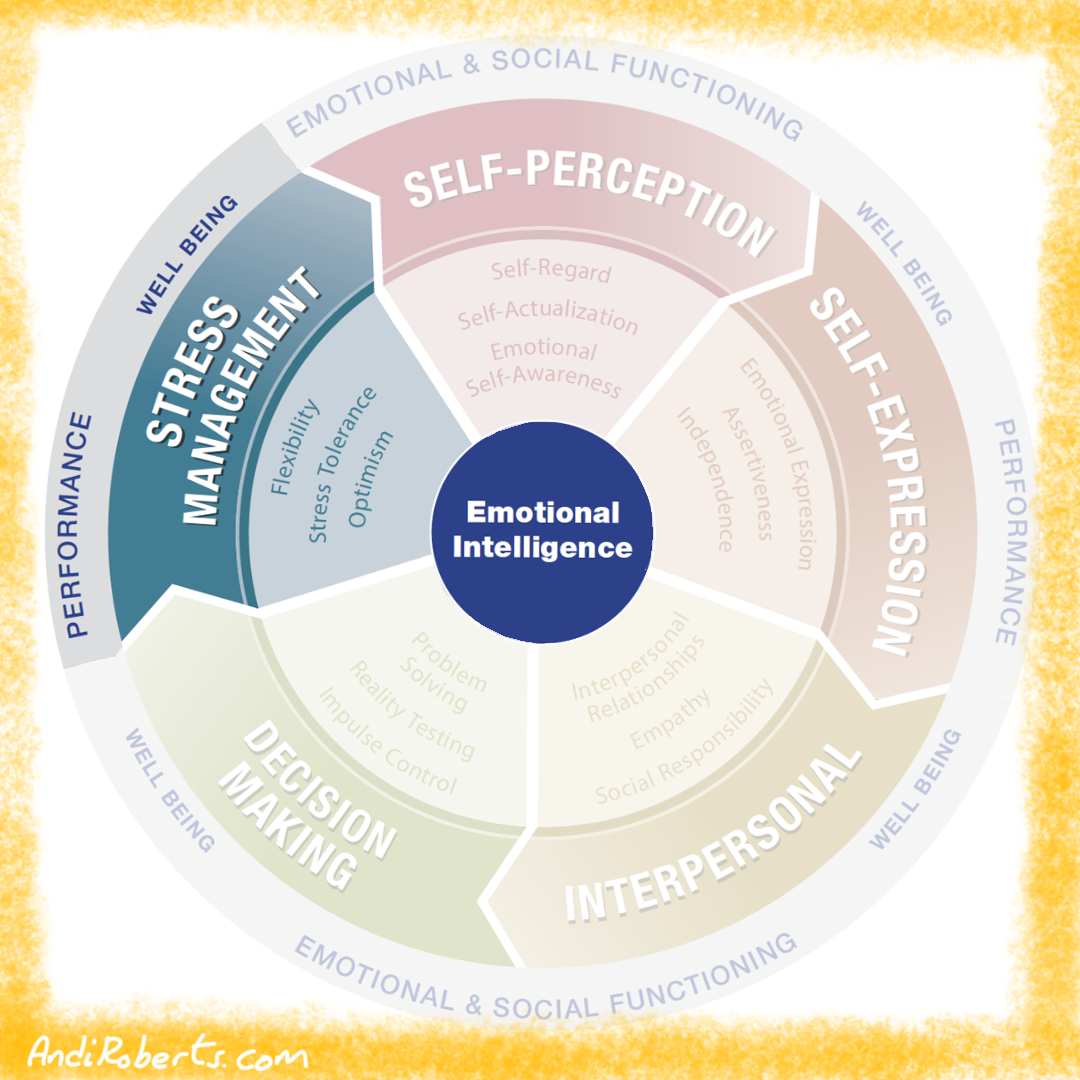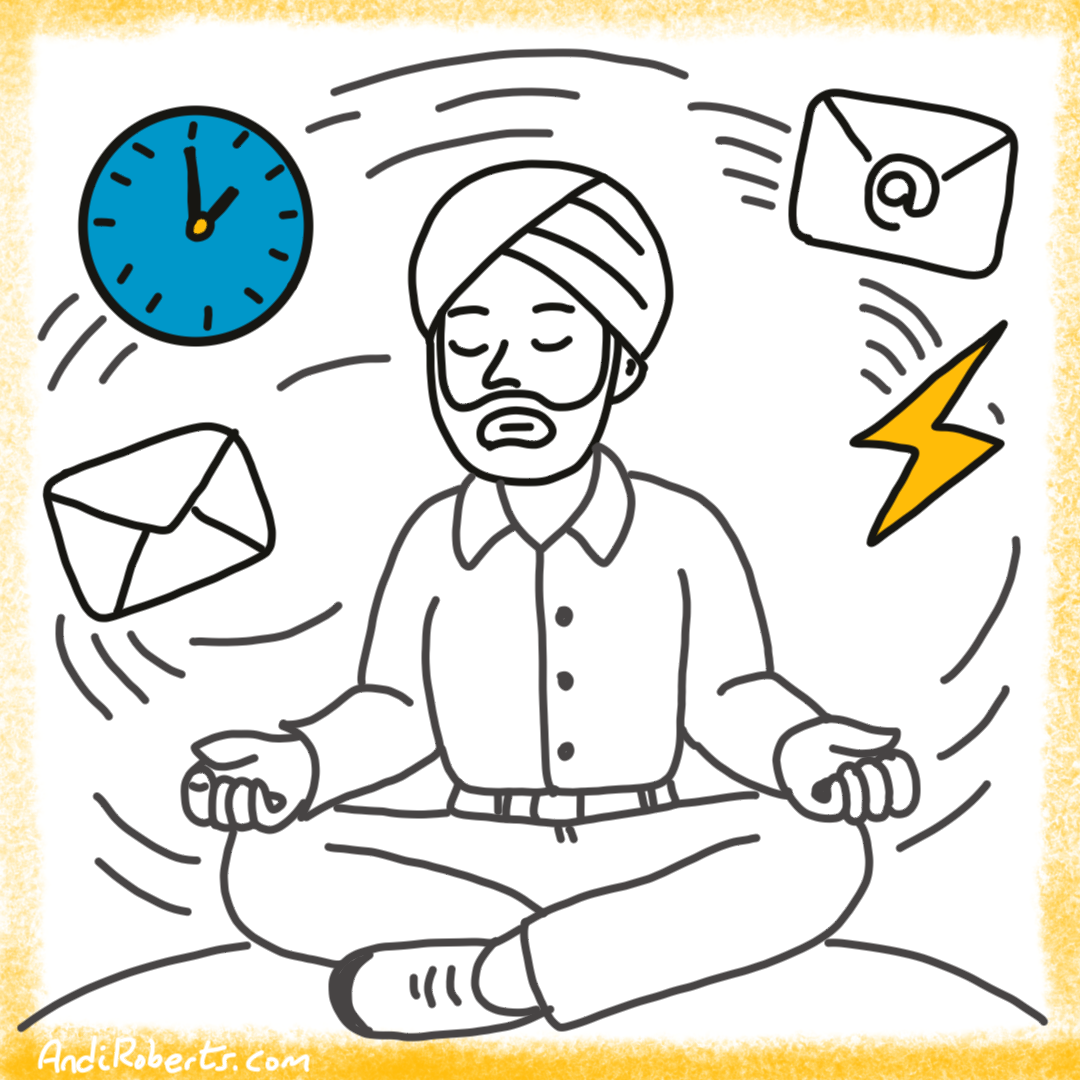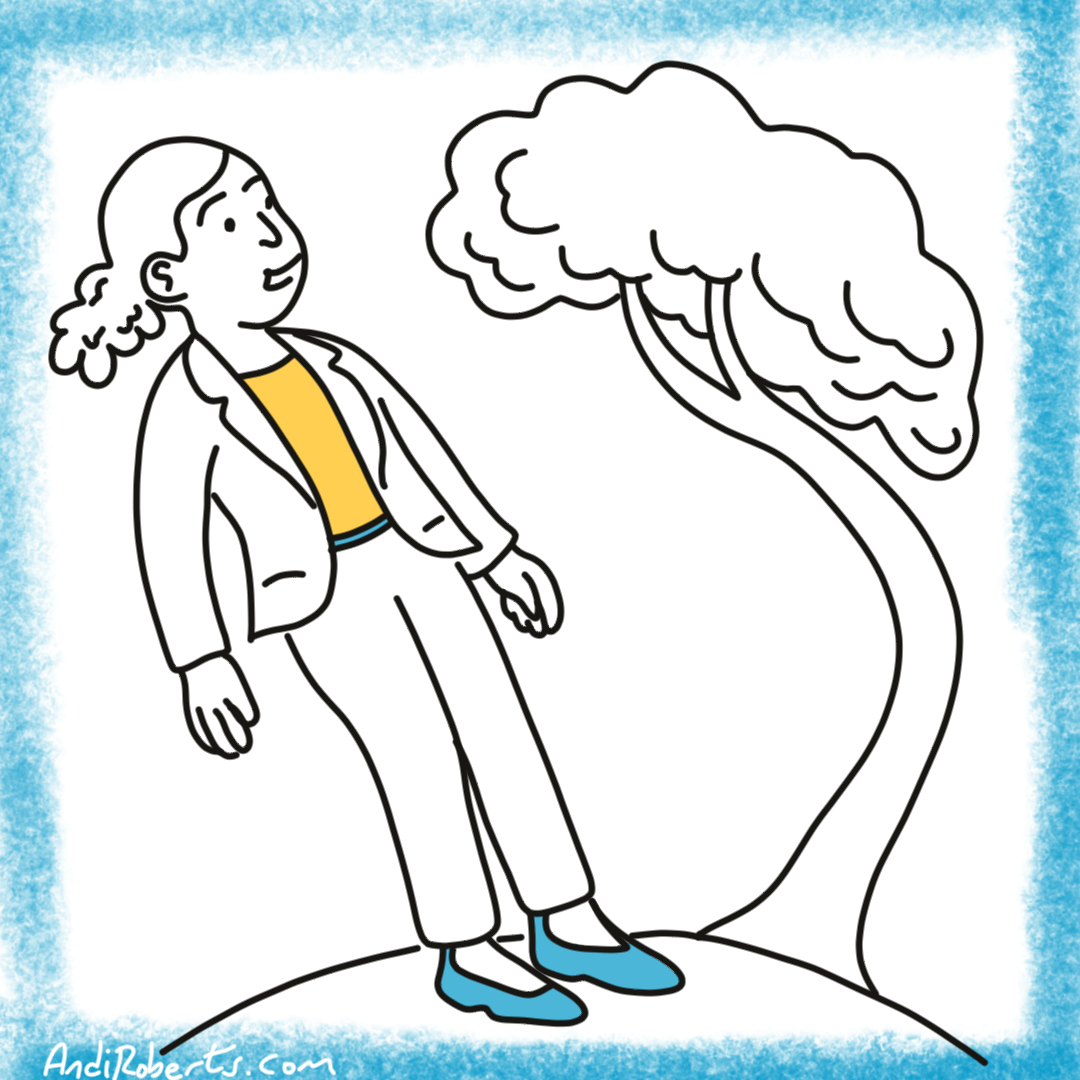If emotion gives life its colour, decision-making gives it form. It is the point where feeling and thought become choice, where intention becomes direction. To decide is to translate awareness into movement, to give shape to what we value. This realm does not silence emotion; it refines it into discernment.
In the EQ-i model, the decision-making realm draws on three capacities: problem-solving, reality-testing, and impulse control. Each serves as an internal compass: one for exploring, one for seeing, and one for steadying. Together they define how wisely and responsibly we act.
Problem-solving is the capacity to stay with complexity long enough for clarity to emerge. When feelings run high, there is pressure to fix or decide quickly, as if speed itself were virtue. Yet good solutions rarely come from haste. Problem-solving asks for patience with uncertainty, for listening that includes both data and emotion. It means asking, “What is the real question here?” before rushing to answer. This balance of analysis and empathy allows emotion to inform rather than distort our reasoning.
Reality-testing keeps us honest. It is the ability to distinguish perception from fact, to see what is actually present beneath our hopes or fears. It means checking our stories against evidence and inviting others to challenge our assumptions. This capacity does not demand detachment; it calls for humility, the recognition that truth is often shared, not owned. Reality-testing anchors our decisions in what is observable and makes space for both reason and relationship.
Impulse control is the discipline that gives all the others room to work. It is the pause between urge and action, the breath that lets wisdom catch up to emotion. In that space we find freedom: the power to choose timing, tone, and response that align with our deeper intent. Self-control here is not suppression but stewardship, guiding emotion toward expression that heals rather than harms.
When these capacities work in concert, decision-making becomes more than a cognitive process; it becomes a moral and relational act. Our choices begin to serve something beyond expedience. They reflect care for the people and systems they affect. We learn that good judgement is less about being right than about being aligned with purpose, evidence, and conscience.
The invitation of the decision-making realm is this: let curiosity outlast urgency, let reality correct illusion, and let the pause between feeling and action become the birthplace of wisdom.









Leave A Comment